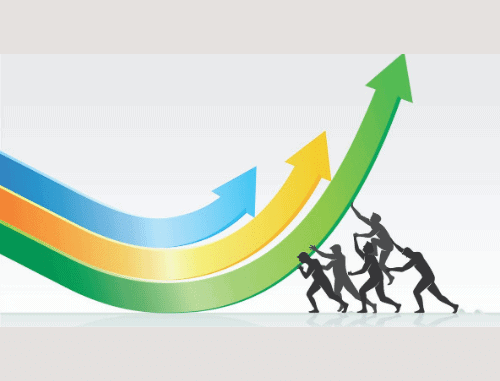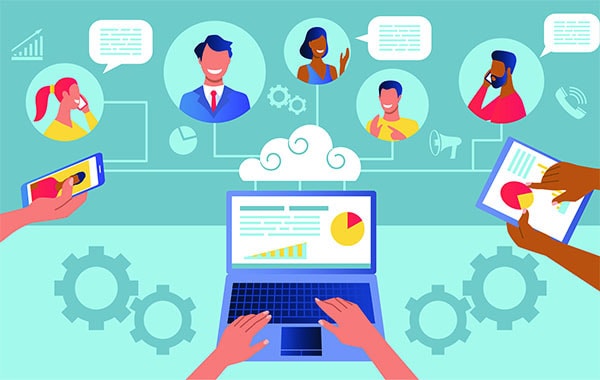Building a Floor Load Capable of Bearing The Weight of Your Vision for Your Company

September 8, 2020
I have a lot of people in my circle who are very good at building things. They know how to design, lay out the steps, hire the subcontractors, develop the materials list, and most critically, ensure that the foundation is adequate for the building’s size and weight. All of them have horror stories about some contractor who cut corners in the planning and construction, and as a result the building had significant problems such as cracks in the foundation, cracks in the walls, the entire building listing to the right or the left, windows and doors that would not open—the problems can be endless.
I listened to their stories. And I learned from them, applying them to the work of building a company.
My team and I spend a lot of time talking about where we are going as an organization. We contemplate 3-5-10 years out considering our anticipated revenue, human resource needs, geographic footprint, governance requirements, number/types of facilities and more. We do this for one reason—we have to understand what we are building in order to understand our required floor load. (Floor load is the amount of weight that a floor (as of a building) may be expected to carry safely … usually calculated in pounds per square foot.) As one can imagine, the floor load of a $1 billion dollar company is very different from that of a $300 million dollar company.
We talk to leaders of large multi-national companies, in both the for-profit and nonprofit sector, to learn about how they have positioned themselves for growth and expansion including how they plan for their IT, HR and facilities solutions.
We conduct significant due diligence to ensure that the technology investments we make today are sufficient for our anticipated future.
We map out the countries in which we may be doing business, learning legal implications as they relate to governance, human resources, banking regulations, taxes, partnerships, etc. It is too late (or too risky) to learn about a country’s rules and laws after we have won a bid.
We imagine the kind of talent we will need, ensuring that we hire for today and for the future. The skill sets required to meet the needs of a very large, multi-national organization are different than those needed for a small company operating only in the US. Our Talent Acquisition Team must be working now (with universities and business) to create a talent pipeline capable of meeting future needs.
We research the governance requirements for each country within which we may do business and begin to build relationships to assist us in recruiting strong and influential board members.
We carefully consider physical plant needs—how they are changing due to evolving models in service delivery, remote work and cost. How much square footage does a multi-national company, doing the work we are doing, need? What environmental changes do we anticipate that will impact our physical space? We research the kinds of formulas can be applied to this planning with the understanding that too much space is as much a problem as too little.
Understanding where you are going as a company is not a simple visioning session for your strategic plan. Knowing—really knowing—the kind of company you are building, has direct and profound implications on the decisions you make today.
As always, I welcome your thoughts.











